Choosing the right location for your septic system is one of the most critical decisions when building a new home in King or Snohomish County. The perfect spot ensures your system functions efficiently for decades and meets all local health codes. This guide explains where to place your septic system in King County to avoid costly mistakes and future failures.
Start with the Soil 🧑🔬
The ground beneath your feet is the most important factor. Your soil must effectively treat wastewater before it reaches groundwater. That’s why professional soil testing, also known as a site evaluation, is the non-negotiable first step.
- Percolation Rate: We test how quickly water drains through the soil. Soil that’s too sandy drains too fast, while dense clay drains too slowly.
- Soil Layers: We dig test pits to analyze the different layers of soil and identify the seasonal high water table.
- System Type: The soil conditions will determine what type of septic system is required—whether it’s a conventional gravity system or a more complex mound or aerobic treatment unit.
Respect Setbacks and Buffers 📏
King County has strict rules about how far your septic system must be from sensitive areas. These setbacks protect public health and the environment. Failing to account for them can stop a project in its tracks.
- Wells and Water Lines: Your septic tank and drainfield must be a safe distance from any drinking water sources. Typically, this is 100 feet from wells and 10 feet from water lines.
- Wetland Buffers: Protecting our beautiful local ecosystems is key. Setbacks from designated wetland buffers are strictly enforced and can significantly limit usable space on your property.
- Property Lines and Buildings: The system must also be set back from property lines, buildings, and driveways to allow for access and prevent contamination.
Navigate the Terrain and Slope 📐
The physical landscape of your lot plays a huge role. An ideal site is relatively flat, but in our hilly region, that’s not always possible. A skilled designer can work with challenging topography.
The lot slope is a major consideration for system design. A steeply sloped lot may require a pump to move effluent to the drainfield, adding complexity and cost. We analyze the topography to find a location that uses gravity whenever possible, creating a more reliable and cost-effective system.
Understand the Permit Process ✅
Navigating the permit process for a King County septic system can be complex, but we’re here to help. Securing a permit from Public Health — Seattle & King County is mandatory before any installation begins.
The process involves submitting a detailed septic design prepared by a licensed designer like Ramsey Septic Design. This design is based on the soil testing and site evaluation. Once the health department approves the design and issues a permit, construction can begin.
Plan for the Future: The Reserve Area 🏡
A crucial part of site selection that is often overlooked is the reserve drainfield area. King County requires you to designate a 100% replacement area on your property. This space is set aside in case your primary drainfield fails in the future.
This reserve area must meet the same stringent soil and setback requirements as the primary system. Factoring this into your initial site plan is non-negotiable, as it ensures the long-term viability of your property.
Key Takeaways: Your Septic Site Checklist ✅
When determining where to place your septic system in King County, success comes down to a few critical factors. Keep this checklist in mind to ensure your project starts on the right foot.
- Soil is Everything: Your project begins with professional soil testing. This non-negotiable step determines the type and size of the system your property can support.
- Know Your Boundaries: You must adhere to all required setbacks from wells, streams, wetland buffers, and property lines to stay compliant.
- Mind the Slope: The lot slope impacts system design and cost. A good design works with the land, often utilizing gravity-fed systems.
- Plan for a Backup: King County requires a designated 100% reserve drainfield area. This must be protected and kept clear for future use.
- Permits First: The King County septic permit process is mandatory. Start early with a licensed designer to ensure a smooth approval.
Let’s Build It Right, Together 🤝
Choosing the right spot for your septic system is the foundation of a successful construction project. Getting it wrong can lead to costly delays and long-term headaches. Let our expertise at Ramsey Septic Design guide you to the perfect location.
Ready to start your project with confidence? Contact Ramsey Septic Design today!

